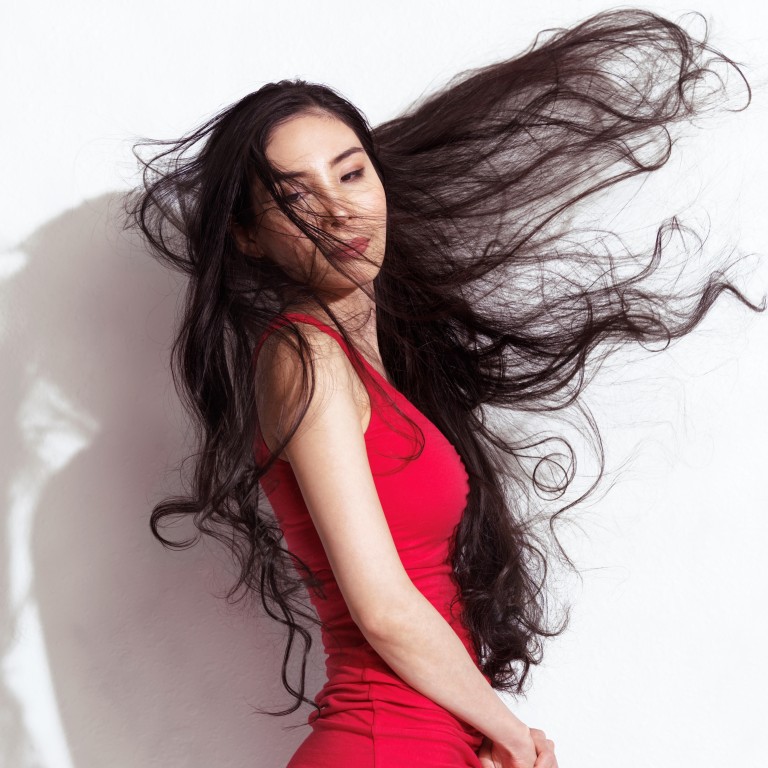
Science behind hair health: how diet and lifestyle are key, and eight tips for maintaining luscious locks
- Everyone’s hair is different: the shades, shapes, length, texture. But what is the purpose of hair, and how should we best take care of it?
- Find out why some people go bald, why our hair turns grey and how your lifestyle can change the way your locks look
Hair. Some of us have loads, others none. But what is the purpose of it? What explains the variety of colours and textures and, most importantly, how can we best take care of our luscious locks?
Andrea Clark, salon artistic director and trichologist at Hong Kong’s Mandarin Oriental hotel, says while humans have evolved to no longer need hair for camouflage or protection, it still “keeps the head warm and protects our scalps from burning in the sun”.
Despite this, today, the purpose of hair is predominantly aesthetic – it’s all about the confidence we get on those good hair days.
Hair is made mostly of the protein keratin, which is also found in animals’ hooves, claws, beaks and feathers. It grows from scalp follicles which determine whether the shape will be straight or curly. Once hair has grown from the follicle and reaches above the skin, it dies.
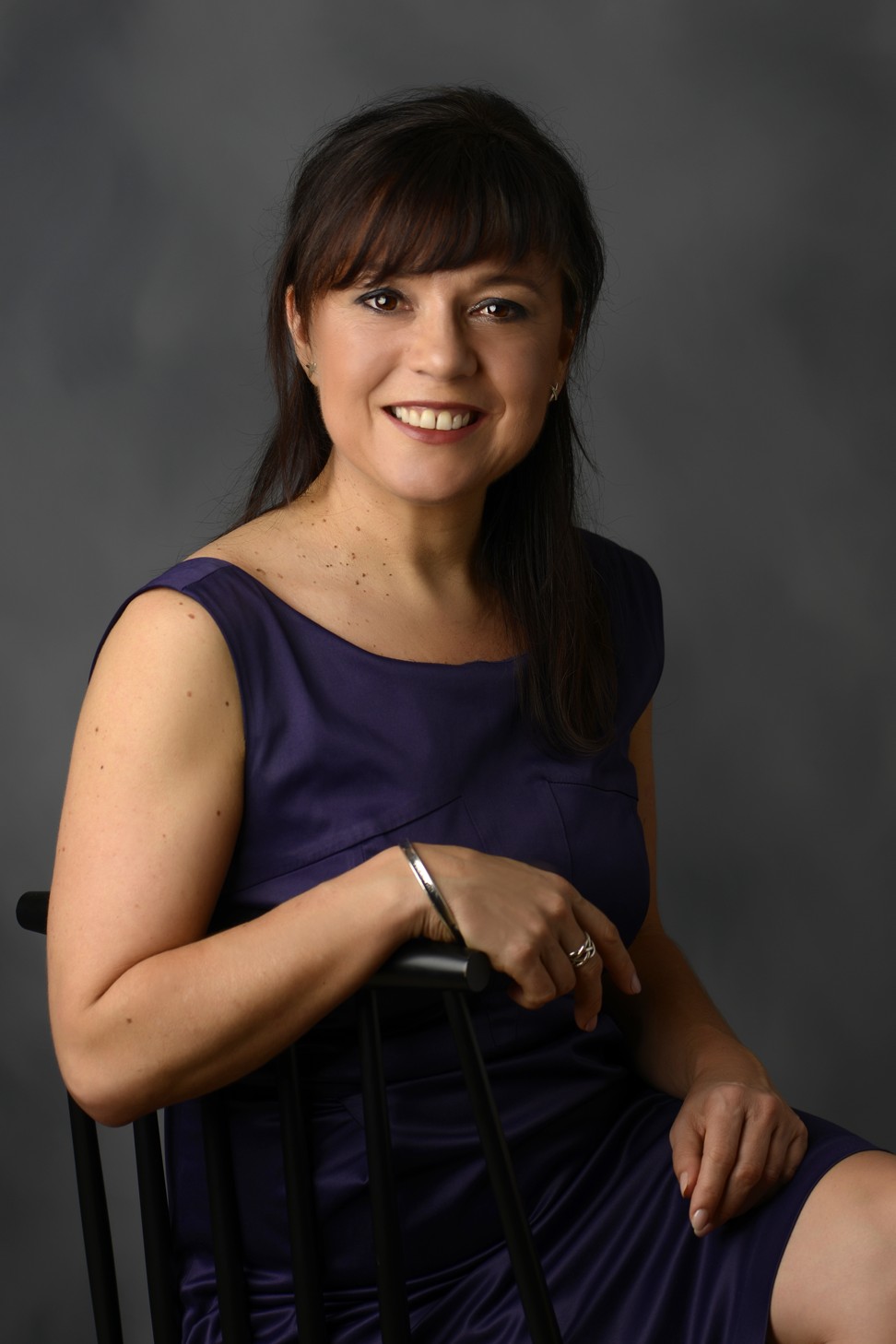
While it may appear fragile, hair is tough; each individual strand can support 100 grams in weight and, given that one person has between 50,000 and 150,000 strands, our hair could in theory support the weight of two elephants.
It’s fortunate we have so many strands – on average, we shed between 50 to 100 a day, according to the American Academy of Dermatology. New hair starts to grow instantly to replace lost strands. This cycle of shedding and re-growing means that about every four years we have a new head of hair.
Four hair-care products for a glossy, voluminous mane
While the speed of hair growth varies, it tends to grow about half an inch every month; that’s 6 inches each year. Hair tends to grow faster in warm weather and, aside from bone marrow, is our body’s fastest growing tissue.
But not all hair types have the same characteristics. Caucasian people have the greatest hair density. Among them, natural blondes usually have the densest, with around 146,000 hairs on their scalps, followed by those with black hair, brunettes, and finally redheads with about 86,000 hairs. Afro hair is the slowest-growing hair type, with a density of between 50,000 and 100,000 scalp hairs. Asian hair is simultaneously the fastest-growing hair and the least dense, with between 80,000 and 140,000 hairs on a head.
Hair colour is determined by melanocyte cells which produce the pigment melanin that combines with growing hair strands to establish its shade. Two types of melanin are present in hair: eumelanin and pheomelanin.
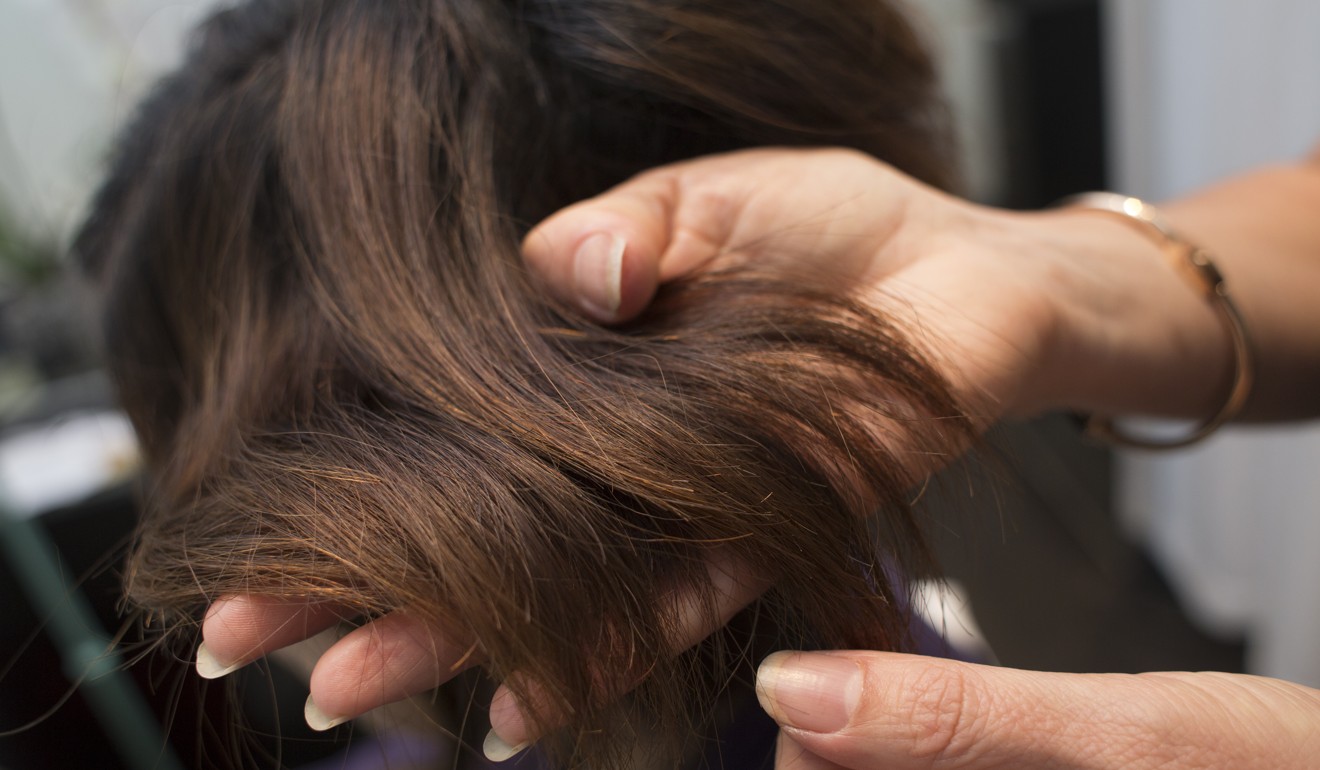
Individuals with black hair have an abundance of eumelanin, brunettes have a moderate amount, while blondes have very little. Redheads have mostly pheomelanin and a little eumelanin. Interestingly, pubic, underarm and beard hair tends to have a red tinge, as these areas often have more pheomelanin, regardless of the person’s head hair colour.
Black is the most common hair colour globally, whilst red is the least common, with only 1 per cent of the world’s population sporting naturally red hair.
Over time, everyone loses their natural shade. As we age, our pigment cells start to die and hair follicles stop making melanin, so hair begins to grow without colour. Clark explains that the reasons why this happens are still unclear, but we do know that nutrition and hormonal factors can affect hair colour.
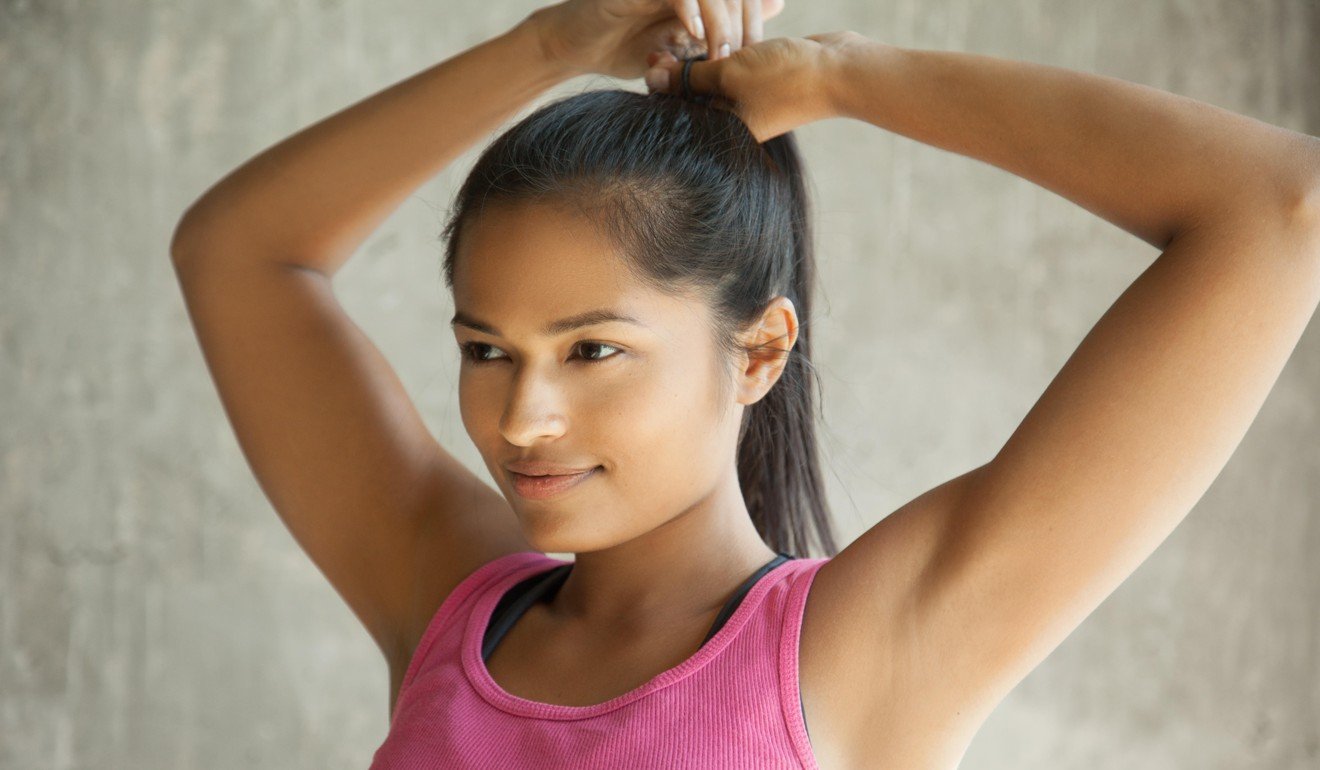
Research has shown that genetics and race play a key role in determining when a person goes grey. Asian hair starts going grey when a person is in their late thirties, African hair starts losing pigment when a person is in their mid-40s and people with Caucasian hair can go grey as early as in their mid-thirties. Redheads, however, never go grey. They retain their natural shade for much longer, and it will eventually fade to a more blonde/coppery colour until it goes white.
Men tend to go grey younger than women. There are certain health conditions which can cause premature greying, such as thyroid disease or a lack of vitamin B12. Smoking has been linked to hair losing its colour prematurely; however, the debate continues regarding whether stress turns hair grey.
Balding is a fear which haunts many – especially men. While it was previously accepted that male-pattern and female-pattern baldness were caused by excess testosterone, Clark says this is not true, and it occurs when hair follicles in areas genetically predisposed to balding are sensitive to normal levels of the male hormone androgen.

Baldness can be inherited from both sides of the family – not just the maternal grandfather as once believed.
Although we associate balding with older men, the American Hair Loss Association estimates that 25 per cent of men affected by male-pattern baldness begin losing their hair before they reach 21. There are some more severe types of hair loss, such as alopecia areata, which can affect anyone at any age by causing patches of baldness on the scalp, and may mean hair falls out in other areas of the body, too.
Baldness has been a human obsession for thousands of years, and has led to some interesting – and questionable – “cures”. Greek physician Hippocrates believed that pigeon droppings would cure baldness, while Julius Caesar – who was particularly conscious of his balding – had Cleopatra rub her remedy of ground mice, horse teeth and bear grease on his head.

Theories behind baldness have been just as ridiculous; sex, air pollution, “dryness of the brain” and the wrong haircut have all been proposed as causes for our hair falling out.
This obsession with baldness has not minimised over the centuries: US$3.5 billion is reportedly spent on baldness cures globally every year. In 2009, a survey carried out by the International Society of Hair Restoration Survey found that almost 60 per cent of men would prefer a full head of locks over money or friends. Are we obsessed? Just a little bit.
Hair loss: its causes, how to head it off and where to look for help
Kei says adopting a holistic approach to hair treatment is vital. “Genetics may play a large part, but daily care, balanced diet and regular visits to your trichologist are essential to keeping your crowning glory remaining voluminous and lush into your 70s,” she says.
Kei says diet is vital in maintaining hair health, since hair gets nutrients from the bloodstream and its thickness and structure are affected by what we eat. She describes hair as a barometer of our body. “Every time there are changes in the body, the hair is the first to reflect [it],” she says. Losing weight, indigestion issues, being a vegetarian and smoking can affect the health of hair.
Despite changing fashion trends through the decades – from the pixie-cut made popular by actress Audrey Hepburn in the 1950s, to the 1990s obsession with the hairstyle of Rachel Green from United States television show Friends – humans’ fascination with hair has been a constant. With the wealth of research and new products available today, there are ways of maintaining the gloss and glamour of all hair types.
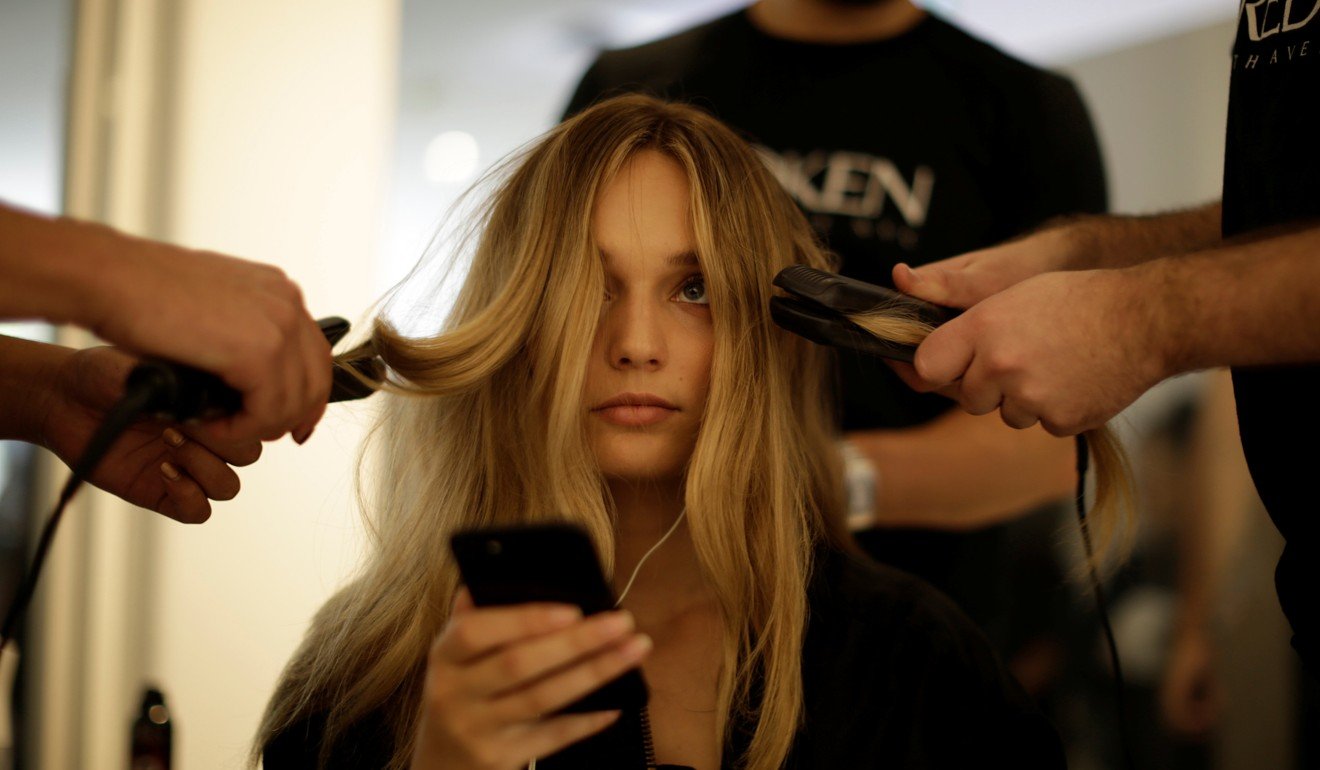
Leonica Kei’s eight treatment tips for the best hair
1. Wash your hair as regularly as you need, and more frequently when you are in humid weather or have been perspiring.
2. Use a conditioner if your hair is longer than six inches.
3. Use a scalp tonic.
4. Use a hair mask monthly for maintenance, and weekly if the hair is extremely dry.
5. Have a deep cleansing scalp treatment once every two months, or weekly if you suffer from an oily or sensitive/itchy scalp, or hair loss.
6. Protect your hair if you are swimming, golfing, sunbathing. Ultraviolet rays, chlorine and seawater can be damaging and drying for both skin and hair.
7. Frequent travelling can alter skin condition. Deep cleaning scalp treatment helps to normalise scalp health.
8. Before colouring hair, ensure you will not have an allergic reaction to the dye. After colouring, have a scalp treatment to remove chemical residue (preferably 48 hours after the chemical process). A hair mask can restore strength and shine to the hair.

Anti-ageing hair workshop
For those who choose to colour their hair, Clark advises that, if done professionally using good-quality products, dying your hair “can actually condition and compliment your haircut”. She recommends using high-quality non-ammonia colours, and afterwards applying good-quality shampoos, conditioners, and conditioning masks to your hair.

